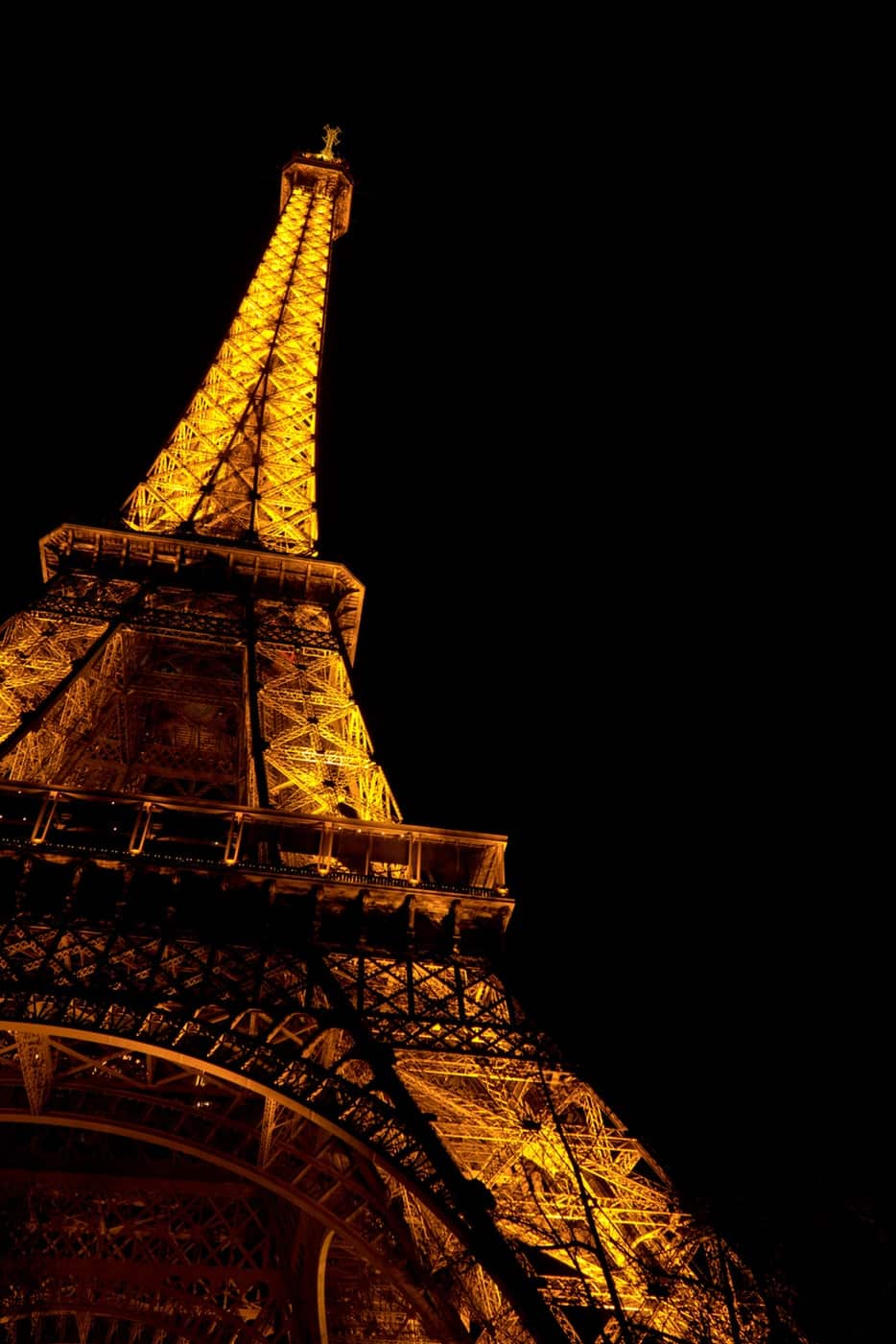Architecture has always developed gradually over centuries of changes in civilizations. It has grown in scale and style, from the Neolithic to the European, Middle Eastern, and South Asian to the architecture of the 21st century.
But “Plagiarism in Architecture”?
That is something unheard of or heard of in obscure corners. The word itself rings negative connotations in the mind when you hear it. However, imitation has been lauded in flattering ways in the architecture world for nearly five centuries.

It began with the Renaissance, and the desire to replicate the glory of a Rome long lost. Inspiration was clear, even though the material – now in shambles due to ages of deterioration and weathering – only served as partial inspiration, leaving the architects with the task to fill in the gaps, and the details, with some fresh ideas, hence building upon the foundation of their inspiration while also putting their own unique touch. This meant that there was no concrete rule against such inspiration, so to speak, and building things from scratch was not the scale for artistic merit.

In the words of Zaha Hadid, a world-famous Iraqi-British architect, everything is a copy. That is partly true, because the design usually comes from somewhere, and something that already physically exists. But, her own designs were copied for the most part in China, for the Meiquan 22nd Century in Chongqing, with the blueprints being used blatantly and implemented elsewhere at the same time her structure was being constructed. Moreover, the crew working on the design and structure were worried that the replica was being constructed faster than the original. This unethical race in architecture is often the subject of multiple lawsuits regarding architectural plagiarism.
However, there have not been any questions raised by the judiciary in China. As per the quote of China Intellectual Property magazine, “Up to now, there is no special law in China which has specific provisions on IP rights related to architecture”, it seems that the issue is quite frequent yet neglected. In the case of a lawsuit, the most probable outcome would be paying a large compensation to Dame Zaha and her firm. Unfortunately, in no way, is the defendant ordered to demolish the replicated project.
There have been other attempts by the Chinese – more ambitious and conscientious – in copying architecture from elsewhere. One example that stands out is the reconstruction of the Hallstatt village in Austria in Guangdong, a province in China. This was met with a great uproar by the citizens of Hallstatt, but their objection bore no fruits and the replica village was completed successfully.
Once it was completed, and after the opposition settled, the residents of Hallstatt took a second look at the replica village and found it to be flattery, a word used so often to describe imitation, and used this replica as part of a marketing tactic to invite people to Hallstatt.
So, all worked out in the end?
Didn’t it?
In architecture and arts in general, writing is an exception, there is no PlagiarismCheck.org assistant to help you find the original early on, nor is there an assistant to discuss nihilism in our world.
Inspiration can come from random everyday objects, an abstract eye is a tool quite enough to catch it. Steven Holl’s “Sponge Concept” from 2012, was inspired by the internal mechanisms of a regular sponge. On the other hand, the idea of taking inspiration from an artist’s contemporary work, and remodeling it under the label of a “personal touch”, can be frowned upon by most people.
But, not everyone has been so kind to imitation in architecture and Modernists of the very first generation wanted to upend this systemic practice of plagiarism for good, giving us the drab and uninspiring and cookie cutter flatness of the modern design. To balance this out, several great modern architects who had come up with unique designs decided to make their blueprints publicly available for others to peruse, use, and obscure to their benefit. Design superseded the need to be unique.

This has been especially true with the Eiffel Tower, the grand wonder of the world that has been so iconic. There are innumerable imitations of it around the world and none so striking yet none opposed, including the city of Las Vegas’ attempt at recreating the famous attractions of the world, successfully to an extent.
But, India has opposed the reconstruction of the Taj Mahal in Dubai, the Las Vegas of the East, and probably the most famous emirate in the world. Dubai’s aim of recreating the Seven Wonders of the World right down to scale and material, sans the Great Wall of China, has been thwarted by the lack of permission for replicating the Taj Mahal because Taj Mahal is fought for as a unique attraction that they do not want anyone else to steal the thunder of. Other great monuments have been less aggressive in their defense of uniqueness, such as the capitol building in the United States, seen elsewhere.
In spite of the odd opposition here and there, the derivation is not technically considered a sin in the architecture world. Rather, it is the quality of the imitation that matters more. This has been stressed by Mr. Venturi, who famously stressed the influence of imitation and the quality pertaining to it and that sometimes the influence is so strong, there is no way to avoid it in the unconscious mind and hence imitation of it is not a crime: Quality is more important than originality. Doing something well is better than doing something first. In any case, originality is rare and not even the highest virtue of an artist. It may be better to do slight variations within established traditions and conventions.
He also emphasized the dichotomous relationship of the influenced with the influencer, and how the one influenced attempts to distance oneself from the influencer by despising the latter: The more an architect is influenced, the more he resents the person who has influenced him – and the less he acknowledges the influence. There is a tendency of people to be generous in acknowledging insignificant influences.
Contrasting this train of thought is a Columbia University critic and architectural historian, one Kenneth Frampton, who argues that most imitations fail to live up to the standards of the original and hence do not really flatter or compliment and also do not botch the beauty of the original. He gave the example of Gwathmey Siegel & Associates in New York and all those who tried to imitate them: Only the real Gwathmey Siegel buildings had the refinement of detail and a vigorous spatial conception. The others had no tension and were only a series of loose quotations. They were out of focus.
So, where does the idea of patenting and plagiarizing an architectural concept bring us? The answer is quite vague and clear at the same time. However, it does relay an opinion that when it comes to designs and innovation in architecture, uniqueness, and originality triumph over every other trait. To conclude, do the calls for plagiarism reforms ring hollow or ring true in the architecture world?
Like everything else in it, the verdict is yet undecided.
Do let us know what you think.


